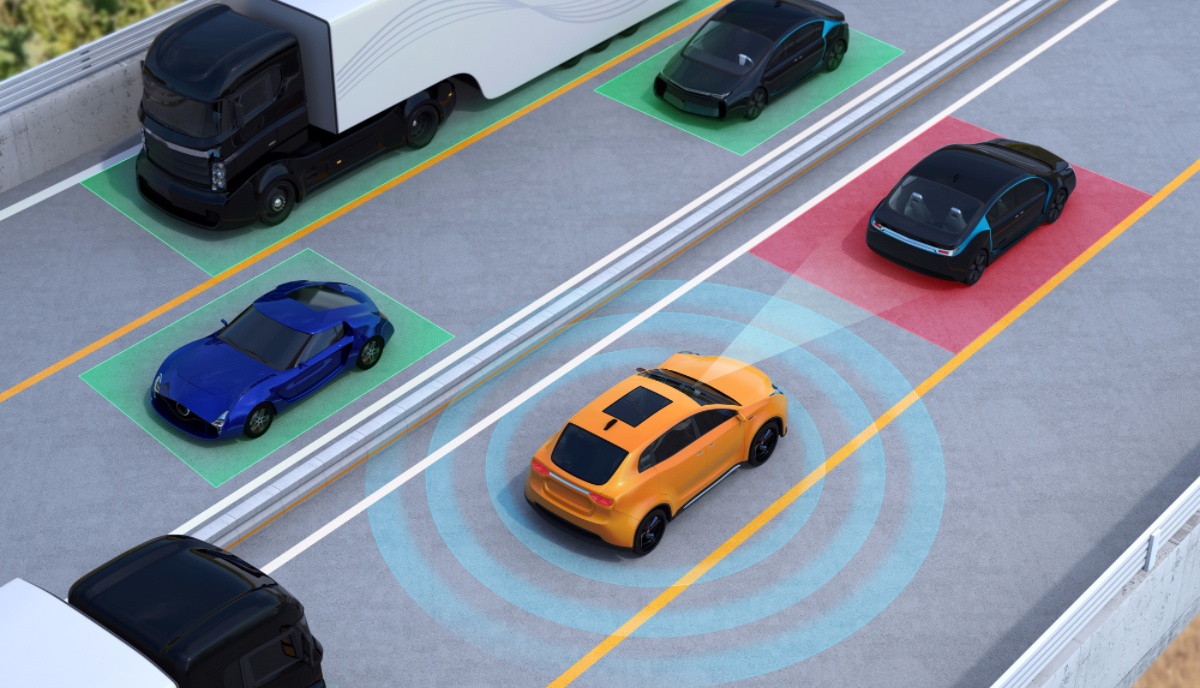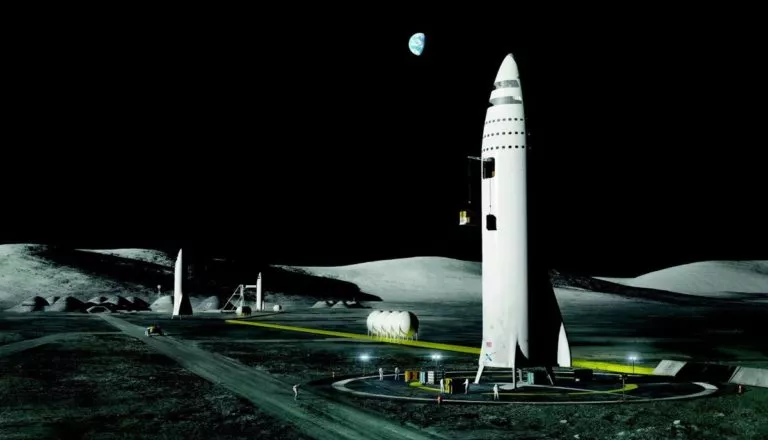Why Can’t Driverless Cars Be Allowed In India If Automation Is Already Here?

Indian Transport minister Nitin Gadkari on Wednesday repeated his old statement regarding autonomous cars. He said that as long as he is in charge, driverless cars will not be allowed in India.
The Union Transport minister has already said the same thing during his earlier term a year ago. The minister cited potential job losses as one of the main reasons why the Indian government would not adopt autonomous cars.
Gadkari said there’s a shortage of 25 lakh (2.5 million) driving jobs in India and he wouldn’t risk them by embracing self-driving cars. However, several of the minister’s own policies seek to eliminate jobs in the country. Here are a few of them:
Push Towards Electric Vehicles
The Union Government is aggressively pushing electric cars in India. They have reduced the GST rate by 7% on the purchase of EV’s and 13% on buying charging equipment. This was also followed by a 28% GST tax on ICE vehicles, which hasn’t been brought down despite several requests from the government.
In its haste to adopt electric cars, India effectively risked a million jobs in its automotive sector. Furthermore, Indian manufacturers aren’t yet capable of making EVs in India due to a lack of any domestic battery-making facility.
India is planning to invest a huge amount in a Tesla-like gigafactory in the country but it is only a pipedream for now.
India’s manufacturing sector isn’t at all shying away from using automation to bring down production costs. According to a report from the Economic Times, Thermax, an engineering company headquartered in Maharashtra, removed manual labor from its plant at Dahej in Gujrat in favor of automation.
For companies like Larsen & Turbo, processes like wielding require no human involvement.
The best part is that the decision to automate has only resulted in new jobs in the sector. For example, job seekers in the Robotics profile have witnessed an increase in several opportunities in Maharashtra ever since automation was adopted across the state’s industries. According to Forbes, AI is set to create 58 million new jobs by 2022, however, the same report also suggests that 54% of employees of large corporations need to up-skill in order to enjoy this massive growth opportunity.
Companies like Infosys have developed several bridge programs for its employees to upskill them for the upcoming age of automation. One of the biggest IT firms, Tata Consultancy Services (TCS), in collaboration with the World Economic Forum, also plans to upskill 10 million people in the global workforce by 2020.
Furthermore, first-world countries which have adapted automation has only seen an increase in the number of jobs. A report from the Economist, countries like the US benefitted a lot from artificial intelligence and automation.
Thus for the Indian Union Minister to say that driverless cars won’t be allowed in India is an extremely short-sighted and detrimental statement for the country’s economy, which in reality, needs a lot of investment and new ideas like automation.
However, I’d still like to state a few reasons why self-driving cars wouldn’t be a success in India for at least another 10 years.
Why India Shouldn’t Adopt Self Driving Cars?
Self-driving cars are inherently safer in operation than human-driven cars. However, these advanced cars need to have a certain set of requirements that need to be fulfilled before they can be completely operational.
Some of the clear reasons as to why no driverless car should be allowed in India include lack of proper road infrastructure, an utterly fragmented transport system, and extremely unreliable traffic control.
Driving in India isn’t for the meek. The number of public roads enforcing speed limits and proper lane driving in India is very few. Even inside the city, basic infrastructure like fully functional traffic lights, clearly highlighted zebra crossings and traffic signs are not present.
I am mentioning these facts to assert that a self-driving car needs these basic signs and lights around it to judge its environment and work in a normal way.
In my article about Nvidia’s self-driving car, I listed out all the components that a self-driving car needs in itself and on the road to function properly. A self-driving car has a number of sensors, cameras in integration with a sophisticated AI. The sensors and camera do the job of feeding the AI with information like traffic signs, road conditions, etc. AI interprets this data and takes the necessary conditions.
Thus, on a road without proper infrastructure, the AI would be much less competent in its operation.
The absence of proper speed limit signs, lane change indicator, traffic lights, merge ahead, etc will likely make a self-driving car function way worse.
Autonomous are mostly electric cars which again is an issue, as India lacks a good EV charging infrastructure. The Indian government has invited several proposals from energy companies like Fortum and Delta electronics are planning to set up charging stations but they are still a few years away.
Considering these reasons, India shouldn’t adopt self-driving cars, at least until the road infrastructure is fixed.
Also Read: 16 Upcoming Electric Cars In India To Choose Over Petrol/Diesel Ones






